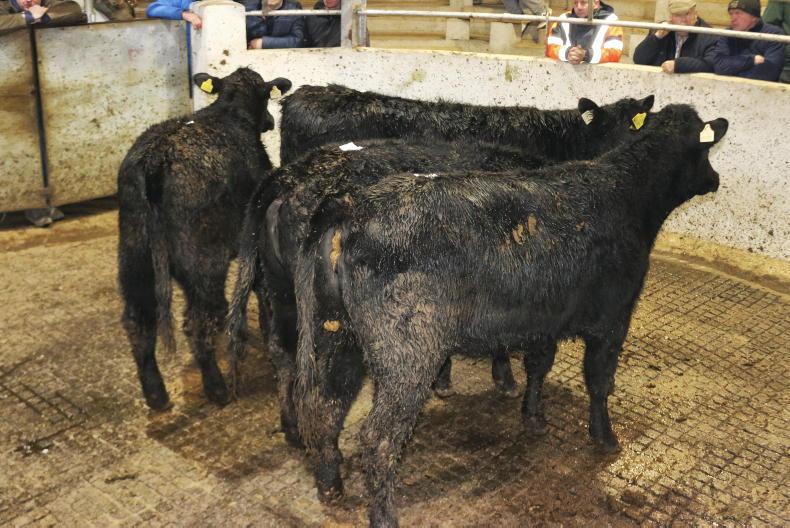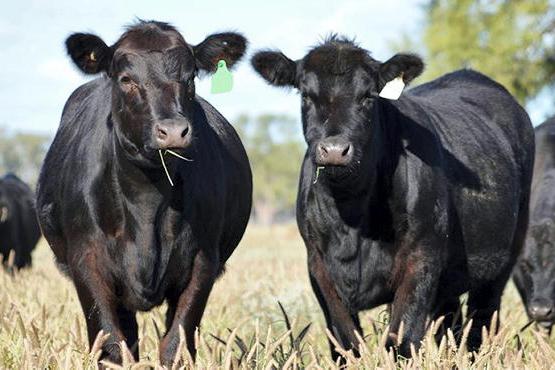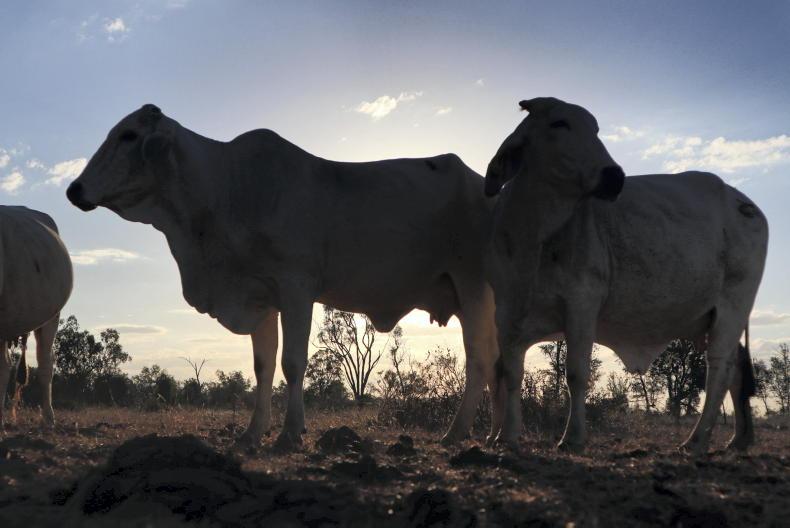The breed make-up of calves born has changed massively in recent years. Data from the ICBF shows a significant shift in the use of traditional sires in the national herd. This is largely down to the national dairy herd increasing in size following the abolition of milk quotas in 2015.
Looking through the data, we can see the biggest change has come in the Angus breed.
Since 2013, numbers have increased from 232,625 to over 400,000 in 2020. This increase of over 175,000 is largely driven by the breed’s use on dairy animals.
In 2013, less than 150,000 Angus calves were born from dairy dams
While numbers did increase by over 5,000 calves in the beef herd, we can see the amount of calves born in the dairy herd has more than doubled.
In 2013, less than 150,000 Angus calves were born from dairy dams, while this figure now stands at just shy of 317,000.
While not as high in numbers, this image has been mirrored for the Hereford breed. We can see that over the same period calves sired by the breed have doubled, leading to a six-figure increase in registrations.
While less than 130,000 calves sired by a Hereford bull were born in 2013, this now stands at over 265,000. This growth again comes from the dairy sector, with over 130,000 more Hereford calves born from dairy dams.
While calving ease and gestation length are two key factors in dairy farmers choosing these two breeds, increased demand ringside and at factories is also playing a big part.
Demand is largely down to the breed’s attributes for meat eating quality and marbling, which has been driven by successful marketing campaigns by producer groups here in Ireland and around the world.
The Limousin breed has seen notable growth from 52,000 calves in 2013 to over 67,000 calves in 2020
Other breeds have also seen growth due to an increasing national dairy herd. In recent years, some continental breed societies have worked hard to identify shorter gestation-length bulls in a bid to capture some of this growing market. The Limousin breed has seen notable growth from 52,000 calves in 2013 to over 67,000 calves in 2020.
Perhaps the continental breed making most strides in the market is one of the newest. In the past four years, Aubrac registrations from the dairy herd have more than tripled. That said, this is from much smaller numbers. Starting at over 3,000, they now stand at over 11,300.
With the massive growth in dairy cows, it is well documented that the national suckler herd has reduced steadily. This reduction is also having a substantial effect on some breeds more heavily associated with this market.
In less than 10 years, the landscape of cattle breed usage has changed drastically
While Limousin breed numbers are similar to what they were in 2013, if we look at their peak in 2017, current numbers are back by nearly 30,000.
However, the biggest change on the beef front is the Charolais breed, which is down 51,000 calves on 2013 levels.
In less than 10 years, the landscape of cattle breed usage has changed drastically and given the constantly changing environment we are now in, there’s nothing to say it won’t change again in the future.










SHARING OPTIONS